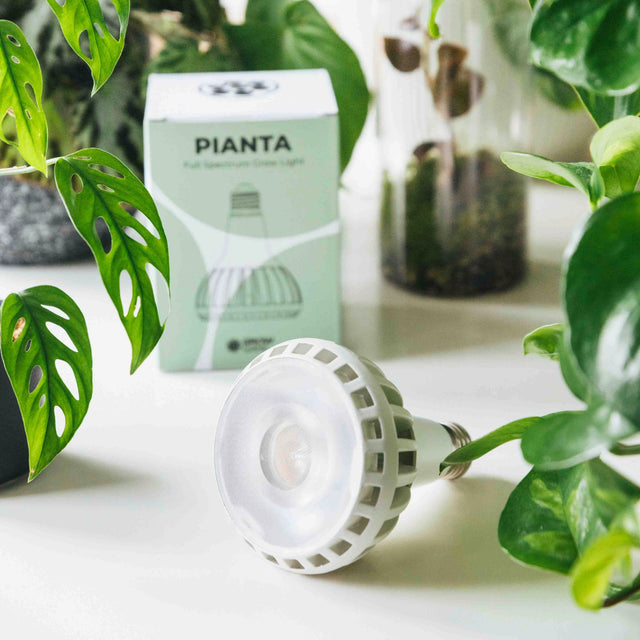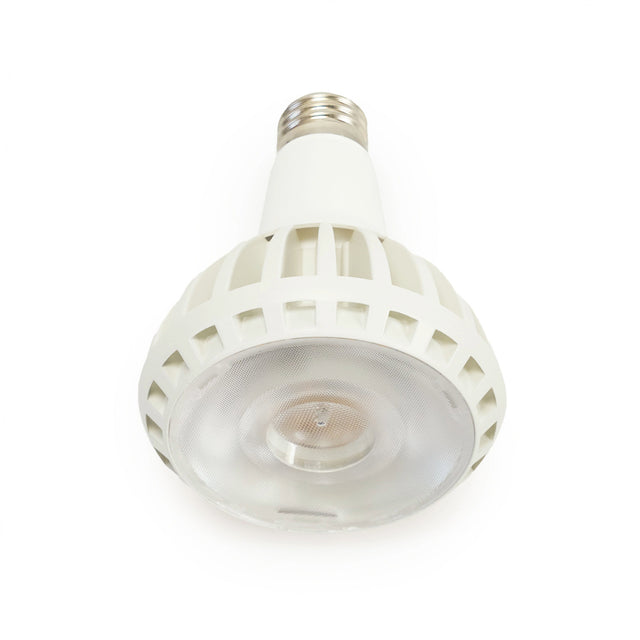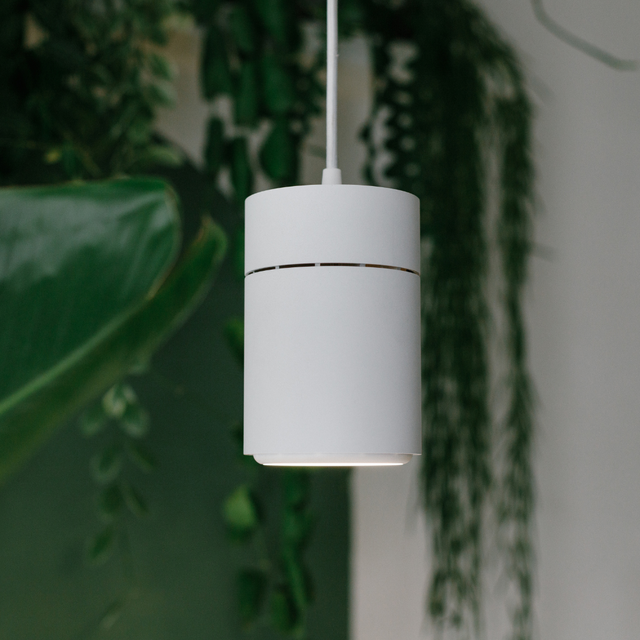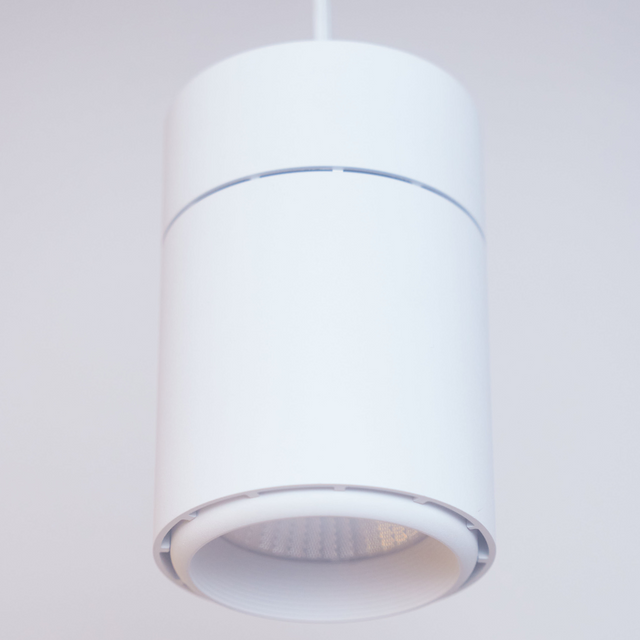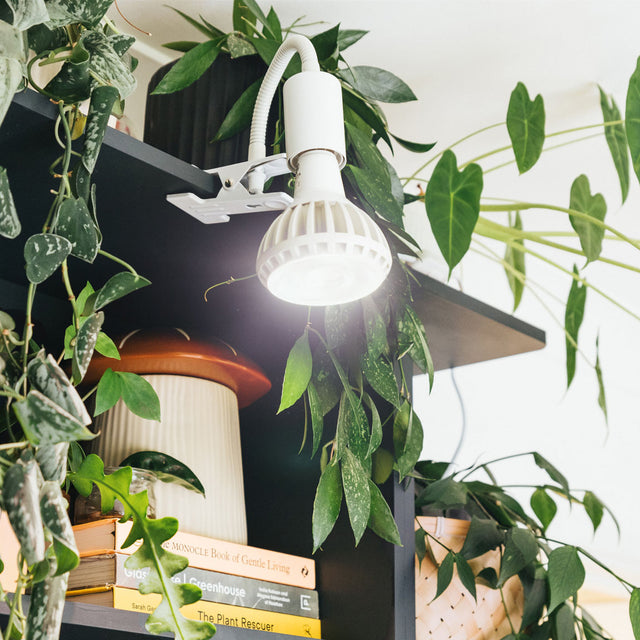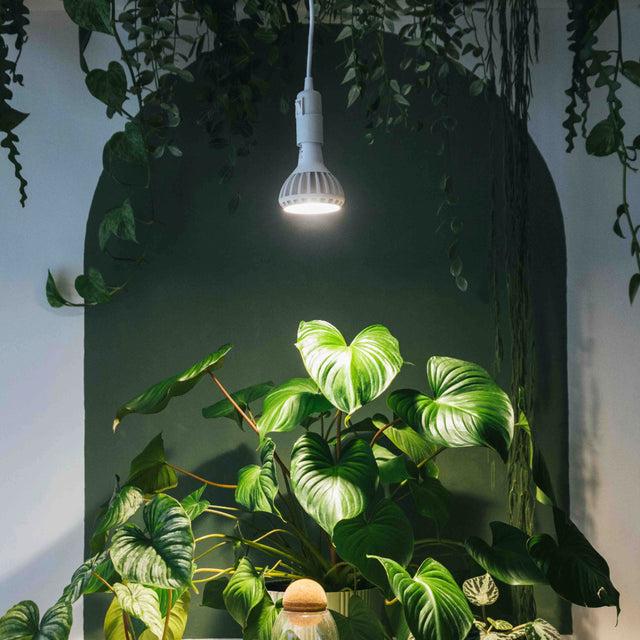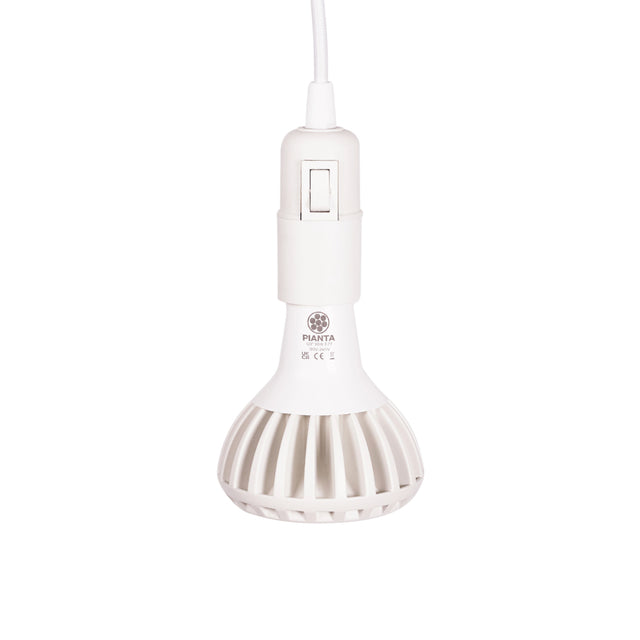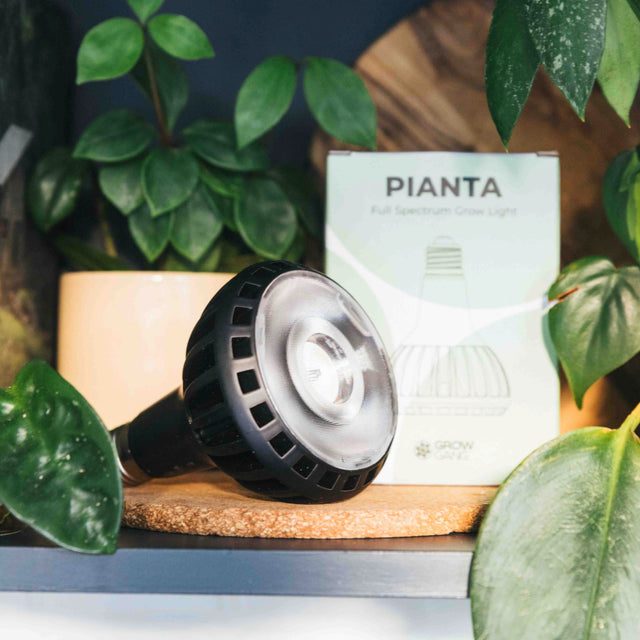
🔬Scientific name: Haworthia spp (Family: Asphodelaceae)
🌍 Origin: is a genus of succulent plants native to southern Africa, with most species endemic to South Africa, particularly the Western Cape, Eastern Cape, and Northern Cape provinces. A few species also extend into neighboring regions such as Namibia and Swaziland. These plants typically inhabit semi-arid to arid environments, thriving in rocky outcrops, sandy soils, and shaded crevices where they are naturally sheltered from intense sunlight. Their compact rosettes and translucent leaf tips are adaptations that help conserve water and withstand harsh conditions.
Lighting
Lighting requirement: Bright, indirect light
Haworthia prefers bright, indirect light and thrives near east- or west-facing windows where it can receive filtered sunlight for a few hours a day. While it can tolerate some direct morning or late afternoon sun, prolonged exposure to harsh midday sun can cause leaf discolouration or sunburn. In low-light conditions, such as deep shade or dim indoor corners, the plant may become elongated or lose its compact shape as it stretches toward light.
Haworthia adapts well to LED grow lights when given about 10–12 hours of exposure per day. Gradual light adjustments are recommended to avoid shock, especially when moving plants from indoor to outdoor environments.
Watering:
Haworthia requires infrequent watering and thrives on the “soak and dry” method, water the soil thoroughly and then allow it to dry out completely before the next watering. During the active growing season (typically spring and autumn), watering every 2 to 3 weeks is usually sufficient, depending on environmental conditions such as temperature and humidity. In winter, when the plant enters a semi-dormant state, watering should be reduced significantly, often just once a month or less. Always use well-draining soil and containers with drainage holes to prevent water from pooling at the roots. A good rule of thumb: it’s safer to underwater than overwater.
Humidity
Haworthia plants have low humidity requirements, making them particularly well-suited for typical indoor environments.
They prefer dry to moderately humid conditions, typically between 30% to 50% humidity, which aligns well with the average household environment. As a native of arid and semi-arid regions in southern Africa, it does not require high humidity and can even suffer if kept in overly damp air for prolonged periods. Excess humidity, especially when combined with poor air circulation, can increase the risk of fungal issues and rot. There is generally no need to mist Haworthia or place it in a humidity tray. Instead, ensuring good ventilation and avoiding overly moist surroundings will help keep the plant healthy.
Fertiliser:
Haworthia plants have minimal fertiliser requirements, making them easy to care for with a light feeding schedule.
They benefit from occasional feeding during its active growing seasons, typically spring and early autumn. Use a balanced, diluted liquid fertiliser at half to quarter strength. Fertilise once every 4 to 6 weeks during these periods, and avoid feeding in winter when the plant enters dormancy, as excess nutrients during this time can cause root damage or leaf distortion. Always ensure the soil is moist before applying fertiliser to prevent root burn, and opt for a product low in nitrogen to maintain compact, healthy growth. Over-fertilising should be avoided, as it can lead to soft, leggy leaves and reduced resilience.
Temperature:
Haworthia plants prefer moderate, stable temperatures and are well-suited to typical indoor conditions. They thrive in temperatures between 15°C and 25°C, making them ideal for homes and offices. They can tolerate occasional fluctuations, but should be protected from extreme cold or heat. While they may withstand short dips to around 5°C, prolonged exposure to low temperatures can cause damage, especially if combined with damp conditions. Frost is particularly harmful and should be avoided entirely. During summer, if grown outdoors, they should be kept in a shaded, well-ventilated spot to prevent overheating or sun scorch. Indoors, avoid placing them near draughty windows, radiators, or air conditioning vents. Consistent, mild warmth is key to keeping Haworthia healthy and compact.
Troubleshooting and Pests:
Haworthia is generally hardy and low-maintenance, but it can occasionally suffer from issues related to overwatering, poor drainage, or pests. Root rot is the most common problem, usually caused by soggy soil or infrequent drying between waterings. Symptoms include yellowing, mushy leaves and a foul odour from the roots. This is remedied by removing affected parts and repotting in fresh, well-draining soil. Etiolation (stretching) indicates insufficient light, prompting the plant to grow tall and leggy. To correct this, move the plant to a brighter location with indirect sunlight.
In terms of pests, Haworthia may attract mealybugs, which appear as white, cottony clumps, often in crevices; and occasionally spider mites or fungus gnats. These can be managed by wiping affected areas with a cotton bud dipped in rubbing alcohol, using insecticidal soap, or improving ventilation and soil moisture control. Regular inspection and proper care are usually sufficient to keep Haworthia healthy and pest-free.
Height:
Haworthia typically grows to a height of 7 to 15 cm, with a spread that may reach 10 to 20 cm depending on the species and growing conditions. They do not require significant vertical space and are ideally suited for windowsills, desktops, or terrariums. Their slow growth and clumping habit mean they rarely outgrow their containers quickly, and they maintain a low profile without the need for pruning. If grown in low light, they may stretch slightly in height (a process called etiolation), which can be corrected by increasing light exposure. Overall, their height needs are minimal, and they thrive best in shallow pots with good surface area for their roots to spread laterally.
Is It Toxic To Pets?
No. Haworthia species are not poisonous to cats, dogs, or other common pets. Unlike some succulents, such as Aloe vera, which is toxic, Haworthia does not contain harmful compounds that could cause vomiting, diarrhoea, or other symptoms if ingested. However, while it’s not toxic, it's still best to discourage pets from chewing on the plant, as ingesting large quantities of any plant matter could potentially cause minor digestive upset or choking hazards. For peace of mind, place the plant out of easy reach if your pet is particularly curious or prone to nibbling on houseplants.
